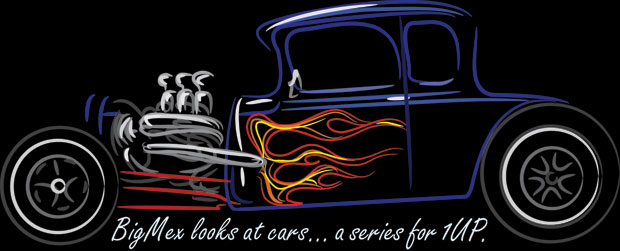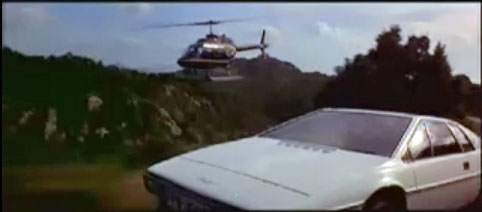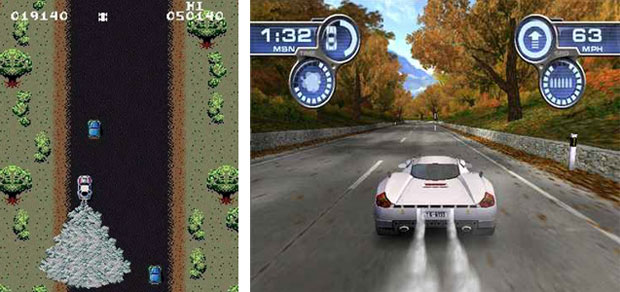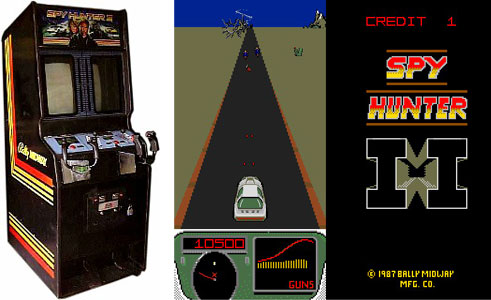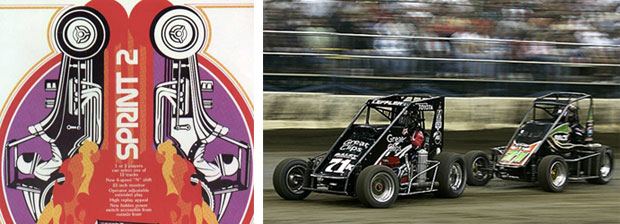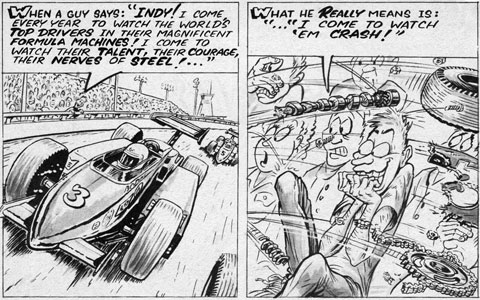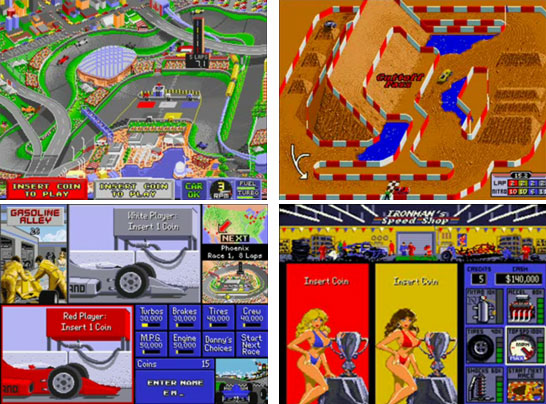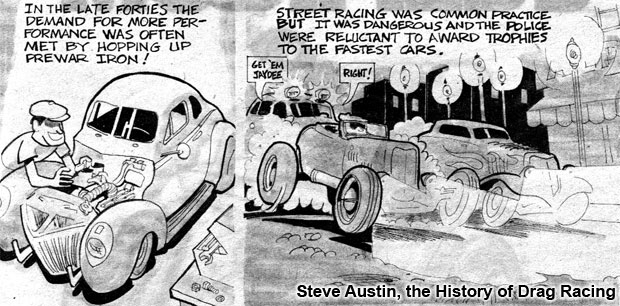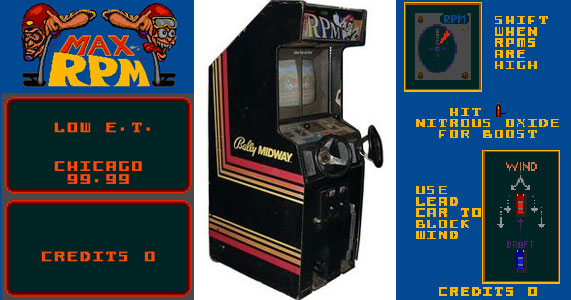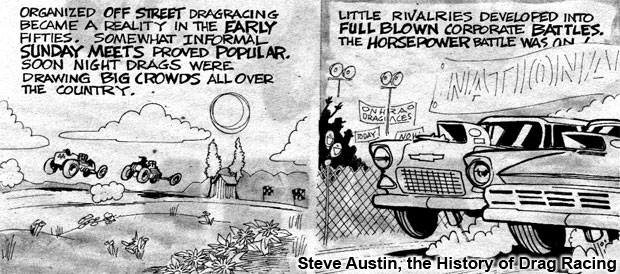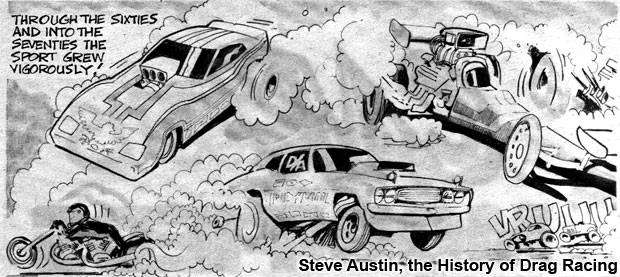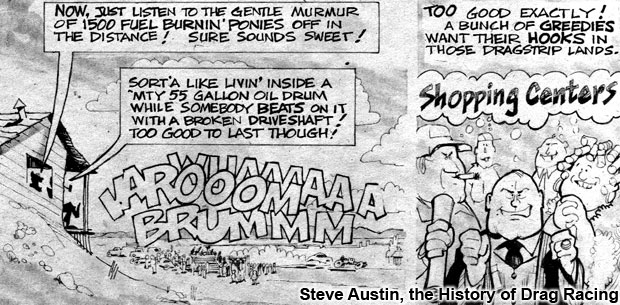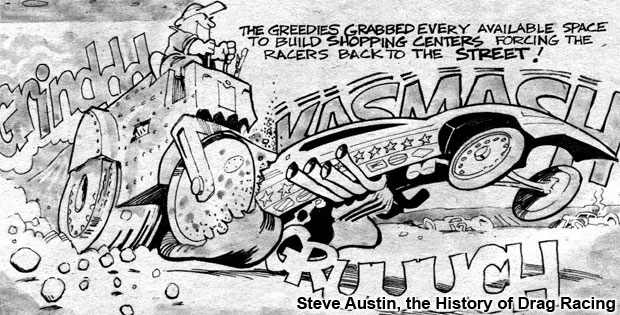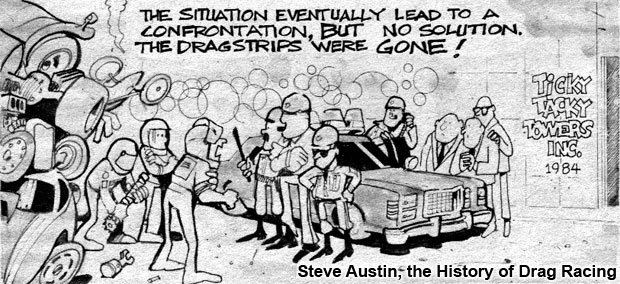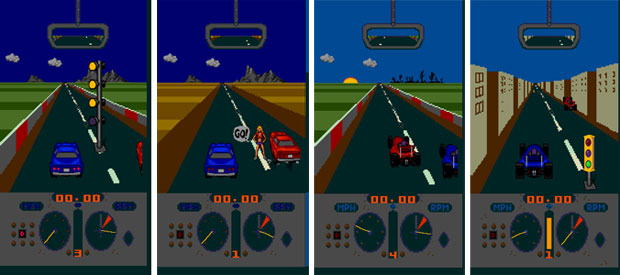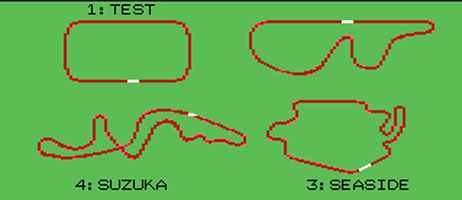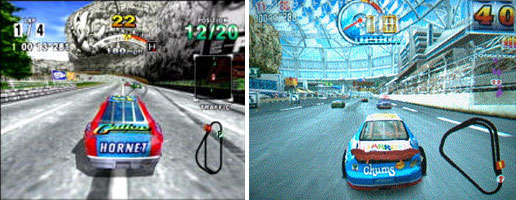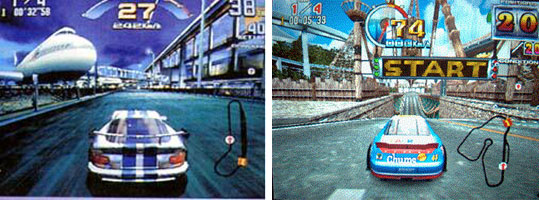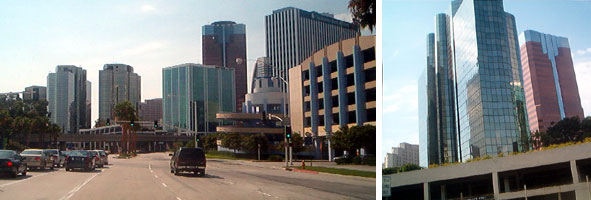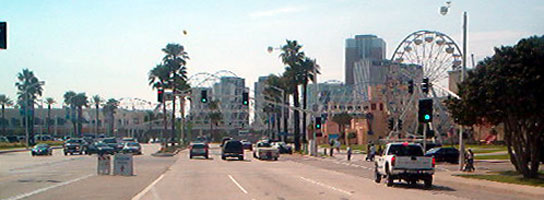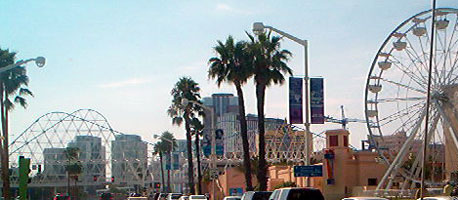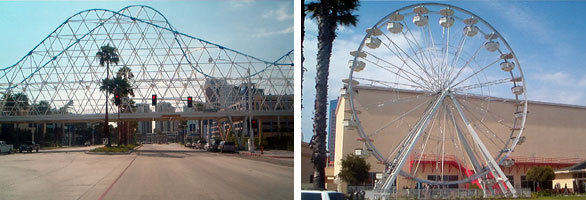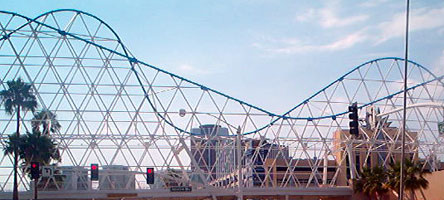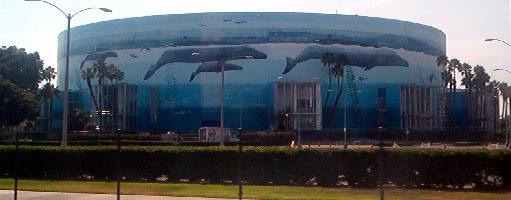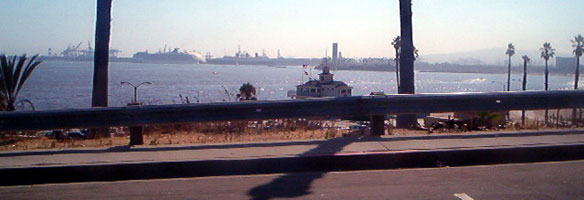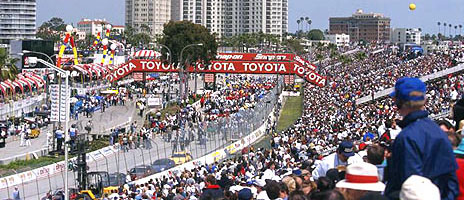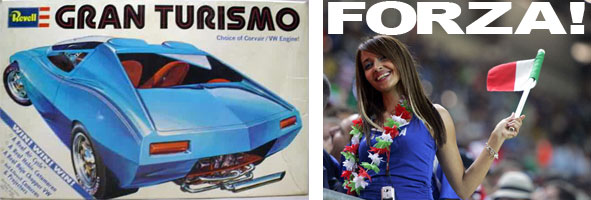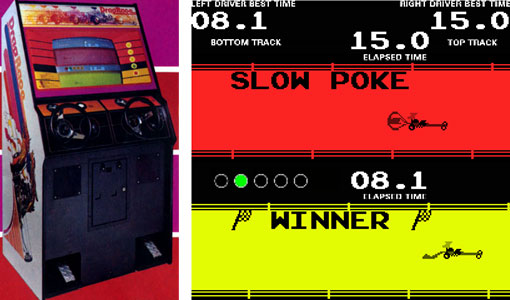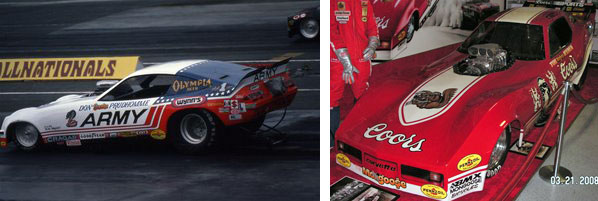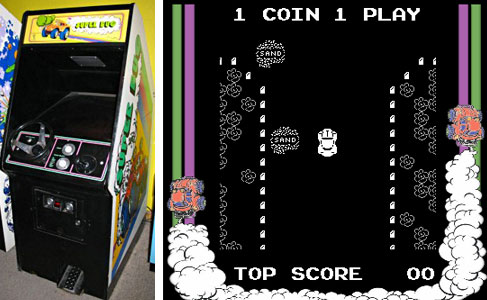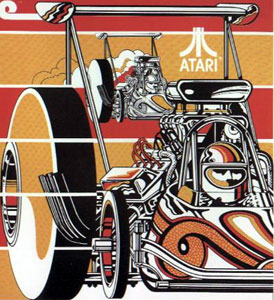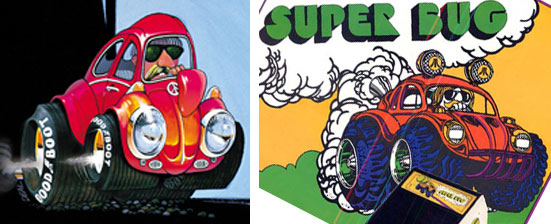Hey friends, I've got good news and bad news for you. The good news is that Spy Hunter is returning. In case you are not old enough to remember the series I wrote about the importance of the title on my blog yesterday.
The first video was released yesterday showing off the iconic ride. Yet this new Interceptor is really lacking. It seems that the new developers are oblivious to the series and the legacy of Spy Hunter. We should start with the car itself. The Interceptor has always been and exotic white (or yellow as player 2 in Spy Hunter II) sports car. It has never been red until now. Mind you there was a blatant rip-off of Spy Hunter featuring a red sports car released by Sega called Action Fighter for the Master System. Yet Action Fighter was never revisited while Spy Hunter had returned time and time again over three decades.
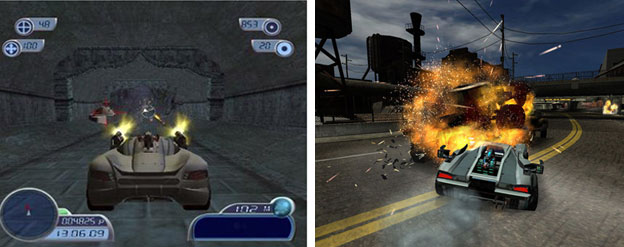
The new Interceptor is sorely lacking. It looks like a sports car from today rather than some supercar from the future. This is important for Spy Hunter canon. The universe is very futuristic. It is laden with technology and gadgets that are better than anything we have today. The last good entries for the series were on the PS2 and Xbox but even those games were imperfect. The titles captured the feel of Spy Hunter but showed the limitations of the gameplay in 3D. In the arcade gamers could drive forever in a seemingly never-ending road. Weapons could be picked up along the way to be used against different types of opponents. Once the game had moved to 3D then levels became very linear, if a player missed too many objectives then the level was failed. This type of gameplay was very limiting. Players simply had to repeat the level again and again until they had memorized the patterns of the enemies and locations of the objectives. There was nothing remotely unique about multiple playthroughs.
Yet the world of Spy Hunter held tremendous potential. Although the 3D games were not well received it was not due to the car itself. Industrial design legend Scott Robertson lent his talents to the creation of the Interceptor and also ally and opposing vehicles and weapons in the last few 3D games.
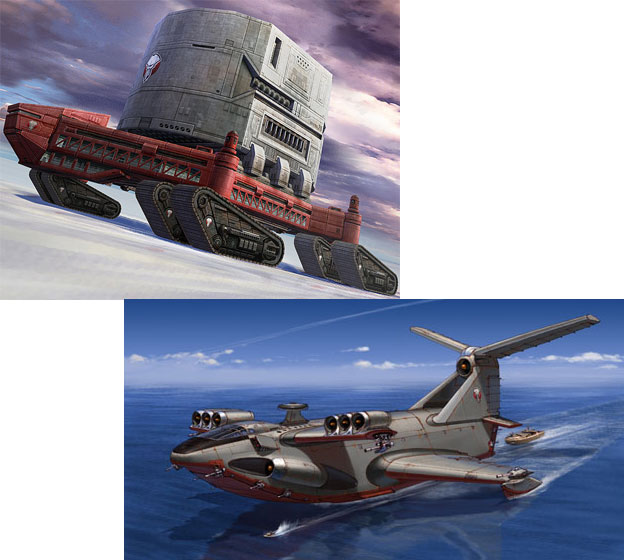
Mr. Robertson helped developers envision a world where a supercar would be the perfect weapon against global terrorists. During his tenure he was tapped by Vivendi / Universal to design the vehicles and environments for a big budget Spy Hunter movie. Scott delivered and created some amazing concept illustrations that would have been the basis for the CGI vehicles in the film. Dwayne "the Rock" Johnson was cast as Alex Decker, the previously unnamed super spy driving the car. Dwayne actually injured his knee during production which stopped the project dead in its tracks. A game based on the film was released however, called Spy Hunter: Nowhere to Run. Universal wrote the film off as a loss and eventually let the license slip to Time Warner.
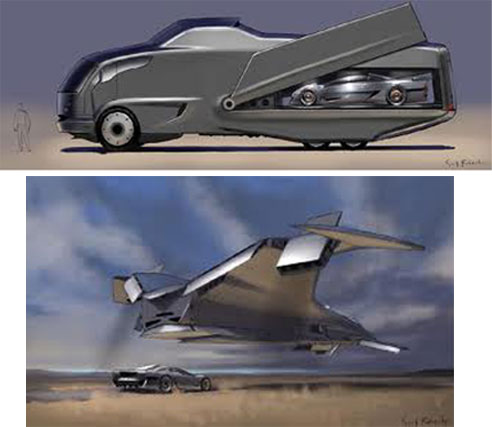
Now the franchise is getting a new lease on life. Perhaps Time Warner thinks they can bring the franchise back to popularity and possibly get some momentum for an animated or live action film as well. Based on the footage shown so far it is not very impressive. The game seems to be falling into the same traps of the earlier Vivendi titles. Linear gameplay and timed missions. Worse, it is ignoring the futuristic designs that filled the series with tremendous eye candy.
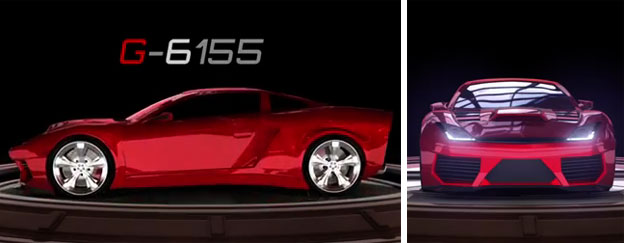
The new Interceptor couldn't hold a candle to the previous entries, it looks too plain, too much like a street car trying to cash in on the name...
What do you think of the redesigned G-6155 Interceptor? Let me know in the comments section please. As always if you would like to sponsor me please visit my Patreon page and consider donating each month, even as little as $1 would help make better blogs and even podcasts!

